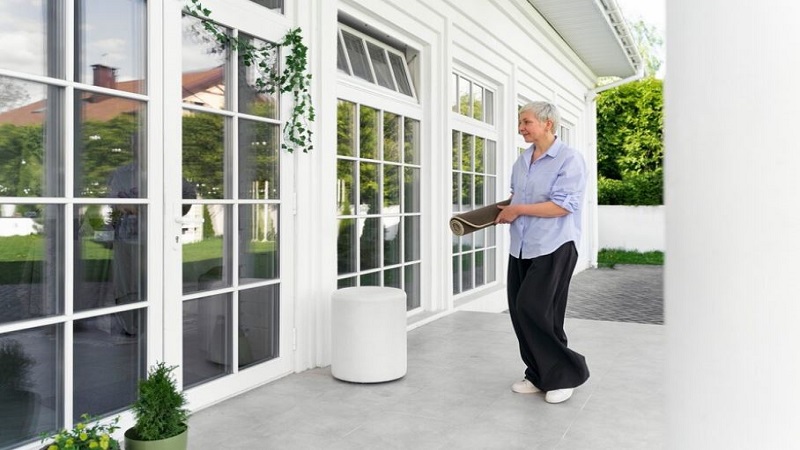According to the United Nations Environment Programme, buildings were responsible for 34% of global energy demand and 37% of energy and process-related carbon dioxide emissions in 2022. Green building practices have become pivotal in lowering these figures.
Drywall access doors, though often overlooked, play a significant role in this effort. This article explores how they can contribute to greener, more cost-effective residential and commercial buildings and how you can benefit from them.
How Do Drywall Access Doors Contribute to Energy Efficiency?
Drywall access doors might not seem as important as other green building features like solar energy panels. But these doors can also significantly affect energy savings. They make it easier for technicians to reach the internal parts of electrical boxes, plumbing, and HVAC systems for timely inspections and repairs. This ensures systems work at peak efficiency, minimizing energy waste.
Another key to their energy-saving potential lies in proper installation and sealing. When installed correctly, drywall access doors maintain the building’s airtightness. This is essential because air leaks increase energy consumption. It forces the heating and cooling system to work harder to maintain indoortemperature.
By preventing these air leaks, drywall access doors save energy and make a space more comfortable.
How Do Drywall Access Doors Save Money?
Investing in energy-efficient components like drywall access doors might seem like an additional expense upfront. But they save more money over time.
As mentioned, they prevent air leaks and ensure HVAC systems work efficiently. This can cut energy bills by 5–20% annually for residential and commercial buildings. A well-maintained HVAC system also lasts longer, reducing the need for costly replacements.
The government also offers incentives and tax breaks for green buildings, potentially offsetting the initial costs. For example, an apartment complex with Energy Star or Zero Energy Ready certification can receive a $2,500 or $5,000 tax credit. Meanwhile, commercial buildings that meet certain energy efficiency standards can get $2.50–5 per square foot.
How Do Drywall Access Doors Increase Property Value?
Beyond energy efficiency and cost savings, drywall access doors increase a property’s value. These days, people want to rent or buy buildings that save energy and help the environment.
Using a drywall access door in your construction project shows your commitment to environmental responsibility and energy conservation. This positive association can make your building more appealing to buyers and investors, which means more inquiries and a higher price tag.
Meeting Green Building Certifications
Drywall access doors align with green building certification programs like Leadership in Energy and Environmental Design (LEED). These certifications recognize buildings that are eco-friendly and energy efficient. By using drywall access doors, you can contribute to earning points in various LEED categories. These can include energy and atmosphere, indoor environmental quality, and innovation in design.
Wrapping It Up
Drywall access doors are crucial in enhancing building energy efficiency. They lower energy consumption and utility bills by granting easy access to internal systems for maintenance and preventing air leaks. Moreover, their installation can increase property value and provide potential government incentives.
As you start your next green building project, consider the impact of drywall access doors. They are a great investment with substantial returns in terms of energy savings, cost efficiency, and environmental responsibility.
